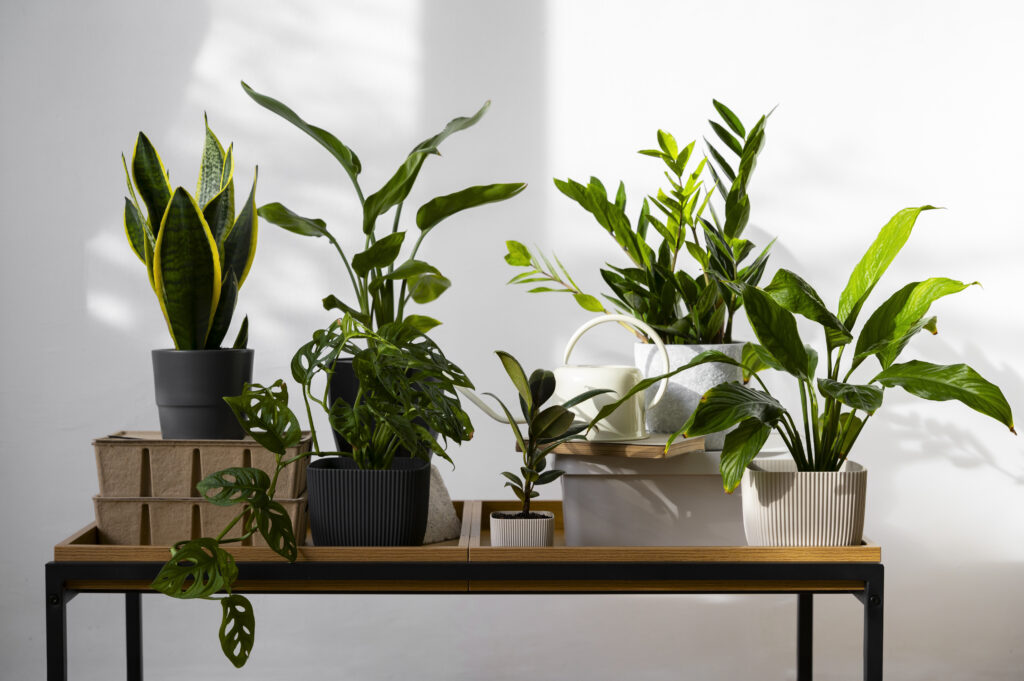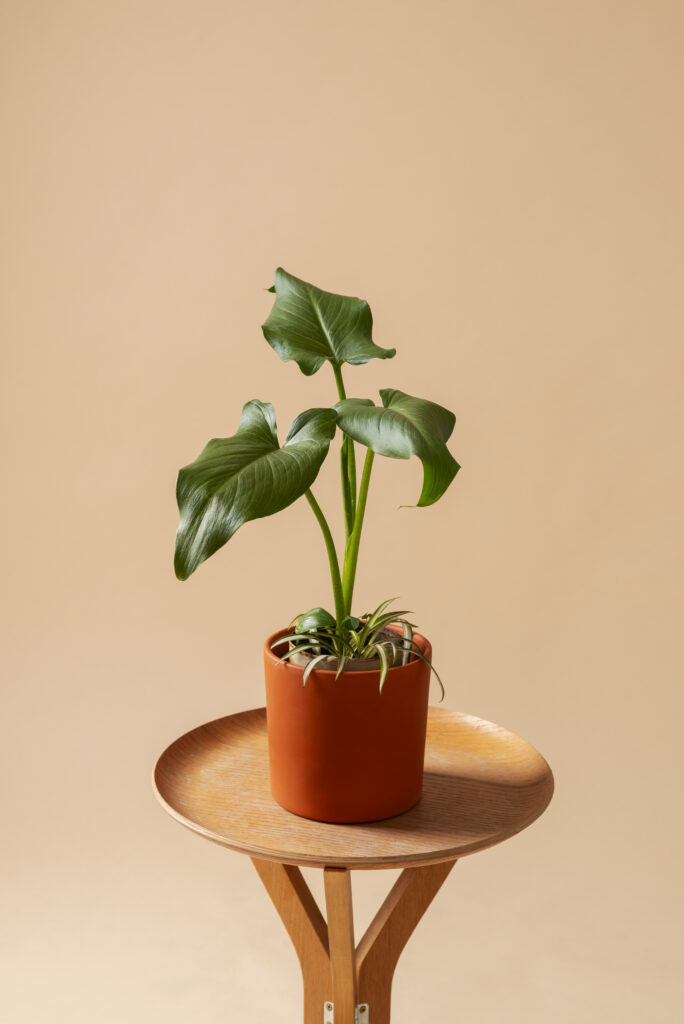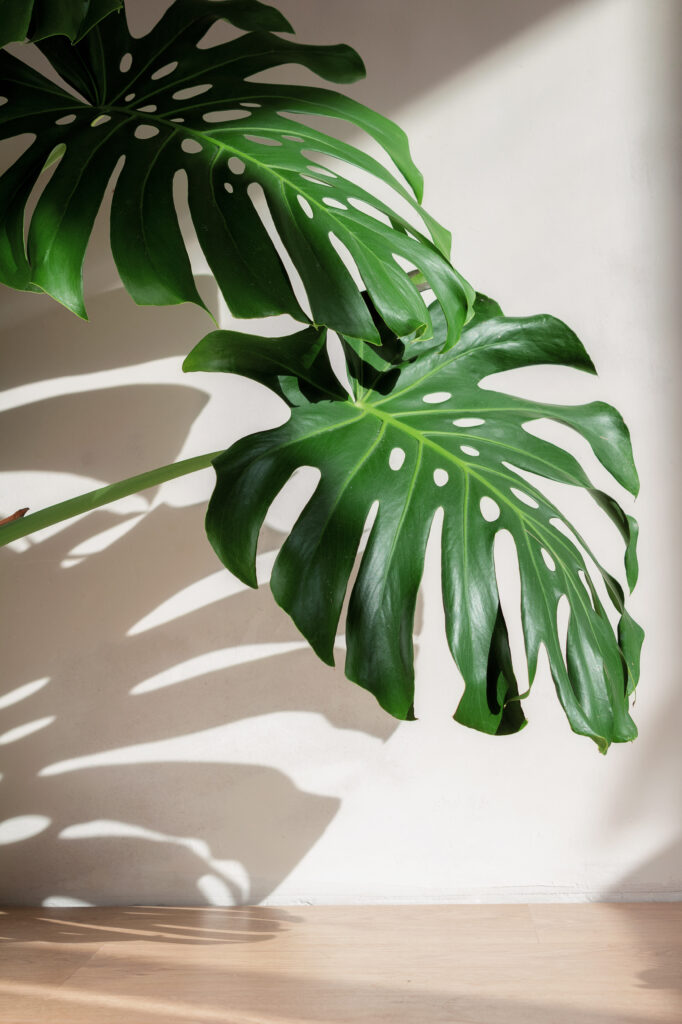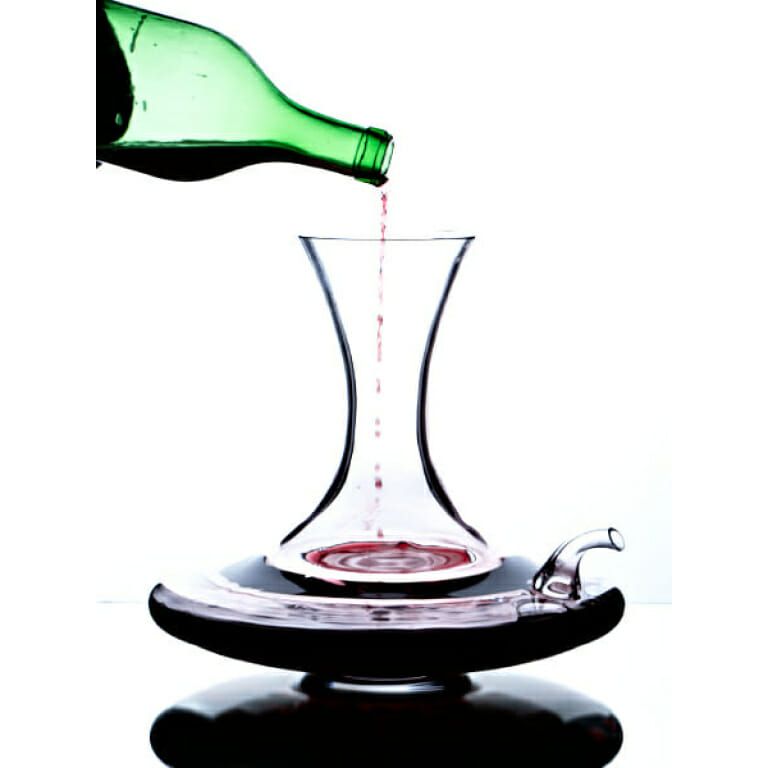Maintaining proper humidity during Northern California heat waves
Humidity plays a crucial role in our overall health and comfort, influencing everything from our respiratory systems to our skin’s hydration levels. When humidity levels are too high, it can create an environment conducive to mold growth, dust mites, and other allergens, which can exacerbate respiratory issues such as asthma and allergies. Conversely, low humidity can lead to dry skin, irritated sinuses, and increased susceptibility to colds and flu.
The ideal indoor humidity level typically ranges between 30% and 50%, where most individuals feel comfortable and healthy. Moreover, humidity affects our thermal comfort. High humidity can make temperatures feel warmer than they actually are, leading to discomfort during hot weather.
This phenomenon occurs because high moisture levels in the air hinder the body’s ability to cool itself through perspiration. On the other hand, low humidity can make the air feel cooler, which might be pleasant in summer but can lead to discomfort in winter months when heating systems dry out indoor air. Understanding these dynamics is essential for creating a comfortable living environment that promotes well-being.

Key Takeaways
- High humidity can lead to discomfort and health issues such as mold growth and respiratory problems
- Use a hygrometer to measure indoor humidity levels and aim for a range of 30-50%
- Consider factors such as the size of your space and your budget when choosing a humidification system
- Use dehumidifiers and proper ventilation to reduce humidity during heat waves
- Place bowls of water or use houseplants to naturally increase humidity in the home
Tips for measuring and monitoring indoor humidity levels
To effectively manage indoor humidity, it is essential to measure and monitor it accurately. One of the most straightforward methods is to use a hygrometer, a device specifically designed to measure humidity levels in the air. Hygrometers come in various forms, from simple analog models to more advanced digital versions that provide real-time readings.
Placing a hygrometer in different rooms can help identify areas with varying humidity levels, allowing for targeted adjustments. In addition to using a hygrometer, regular monitoring is key to maintaining optimal humidity levels. Keeping a log of daily readings can help identify patterns and fluctuations that may be influenced by weather changes or indoor activities such as cooking or showering.
This data can be invaluable for making informed decisions about when to use humidifiers or dehumidifiers. Furthermore, many modern smart home systems offer integrated humidity sensors that can alert homeowners when levels fall outside the desired range, providing an added layer of convenience and control.
Choosing the right humidification system for your home
Selecting the appropriate humidification system for your home is vital for achieving and maintaining ideal humidity levels. There are several types of humidifiers available, each with its own advantages and disadvantages. For instance, evaporative humidifiers use a fan to blow air through a wet wick or filter, which naturally adds moisture to the air.
These are self-regulating; as humidity levels rise, the evaporation rate decreases, making them energy-efficient options. Alternatively, steam vaporizers heat water to create steam, which is then cooled slightly before being released into the air. While effective at increasing humidity quickly, they can consume more energy and may pose a burn risk if not used carefully.
Ultrasonic humidifiers use high-frequency vibrations to produce a fine mist of water droplets, making them quiet and energy-efficient. However, they may require regular cleaning to prevent mineral buildup. Ultimately, the choice of humidifier should consider factors such as room size, maintenance requirements, and personal preferences regarding noise levels and energy consumption.
Strategies for reducing humidity in the home during heat waves
During heat waves, managing indoor humidity becomes particularly important to maintain comfort and prevent health issues. One effective strategy is to use air conditioning systems that not only cool the air but also dehumidify it. Many modern air conditioners come equipped with built-in dehumidification features that can help regulate moisture levels while cooling your home.
Another approach is to increase ventilation by opening windows and using exhaust fans in areas like kitchens and bathrooms where moisture tends to accumulate. This can help expel humid air and bring in drier air from outside. Additionally, using desiccants such as silica gel or activated charcoal in enclosed spaces can absorb excess moisture effectively.
For those who prefer a more natural approach, placing bowls of salt or baking soda around the home can also help reduce humidity levels by drawing moisture from the air.
Using natural methods to increase humidity in the home
Increasing indoor humidity naturally can be achieved through several simple methods that do not require complex systems or equipment. One of the most effective ways is to introduce houseplants into your living space. Plants release moisture into the air through a process called transpiration, which can significantly enhance indoor humidity levels while also improving air quality.
Another natural method involves placing bowls of water near heat sources such as radiators or heating vents. As the water evaporates, it adds moisture to the surrounding air. Similarly, hanging wet laundry indoors can also contribute to increased humidity as it dries.
Cooking on the stovetop or taking hot showers are additional activities that naturally raise humidity levels; however, it’s essential to balance these methods with proper ventilation to avoid excessive moisture buildup.
Maintaining proper humidity levels for indoor plants and pets
Indoor plants thrive best in environments with stable humidity levels that mimic their natural habitats. Most houseplants prefer humidity levels between 40% and 60%. If the air is too dry, plants may exhibit signs of stress such as wilting leaves or brown tips.
To maintain optimal conditions for your plants, consider grouping them together; this creates a microclimate with higher humidity due to their collective transpiration. For pet owners, maintaining appropriate humidity levels is equally important. Many pets, especially reptiles and amphibians, require specific humidity ranges for their health and well-being.
For instance, tropical reptiles often need higher humidity levels to thrive. Using terrariums with built-in misting systems or regularly misting their habitats can help achieve these conditions. Additionally, ensuring that pets have access to fresh water not only keeps them hydrated but also contributes to overall indoor humidity.
Importance of proper humidity for protecting wooden furniture and musical instruments
Proper humidity control is essential for preserving wooden furniture and musical instruments, both of which are sensitive to changes in moisture levels. Wood is a natural material that expands and contracts with fluctuations in humidity; excessive dryness can lead to cracks and warping, while high humidity can cause swelling and mold growth. Maintaining a stable indoor environment helps protect these valuable items from damage.
Musical instruments such as pianos and guitars are particularly vulnerable to changes in humidity. For example, pianos require specific humidity levels to maintain their tuning stability and prevent damage to their internal components. Using a humidifier in the room where these instruments are kept can help ensure they remain in optimal condition.
Additionally, investing in specialized cases or climate-controlled storage solutions can further protect these items from adverse effects caused by improper humidity.
Consulting with professionals for humidity control solutions
When it comes to managing indoor humidity effectively, consulting with professionals can provide valuable insights and tailored solutions for your specific needs. HVAC specialists can assess your home’s ventilation system and recommend upgrades or modifications that enhance airflow and moisture control. They can also advise on the best types of humidifiers or dehumidifiers suited for your space.
In addition to HVAC experts, there are specialists who focus specifically on indoor air quality and moisture management. These professionals can conduct thorough assessments of your home’s humidity levels and identify potential sources of excess moisture or dryness. They may suggest solutions such as installing whole-house humidifiers or dehumidifiers that integrate seamlessly with your existing HVAC system.
By seeking professional guidance, homeowners can ensure they are taking effective steps toward achieving optimal indoor humidity levels for health, comfort, and preservation of their belongings.
FAQs
What is the ideal humidity level during a heat wave in Northern California?
During a heat wave in Northern California, the ideal indoor humidity level is between 30-50%. This range helps to maintain a comfortable and healthy environment.
Why is it important to maintain proper humidity levels during a heat wave?
Proper humidity levels help to ensure comfort, prevent mold growth, and protect wooden furniture and flooring from damage. It also helps to maintain good indoor air quality.
How can I maintain proper humidity levels during a heat wave?
To maintain proper humidity levels during a heat wave, you can use a dehumidifier to remove excess moisture from the air. Additionally, using air conditioning can help regulate humidity levels.
What are the potential health risks of high humidity during a heat wave?
High humidity during a heat wave can lead to discomfort, heat exhaustion, and heat stroke. It can also exacerbate respiratory issues and allergies.
How can I measure the humidity levels in my home during a heat wave?
You can measure the humidity levels in your home using a hygrometer, which is a device specifically designed to measure humidity. Hygrometers are readily available at hardware stores and online retailers.

Controlling Humidity for Comfort and Health During Northern California Heat Waves












